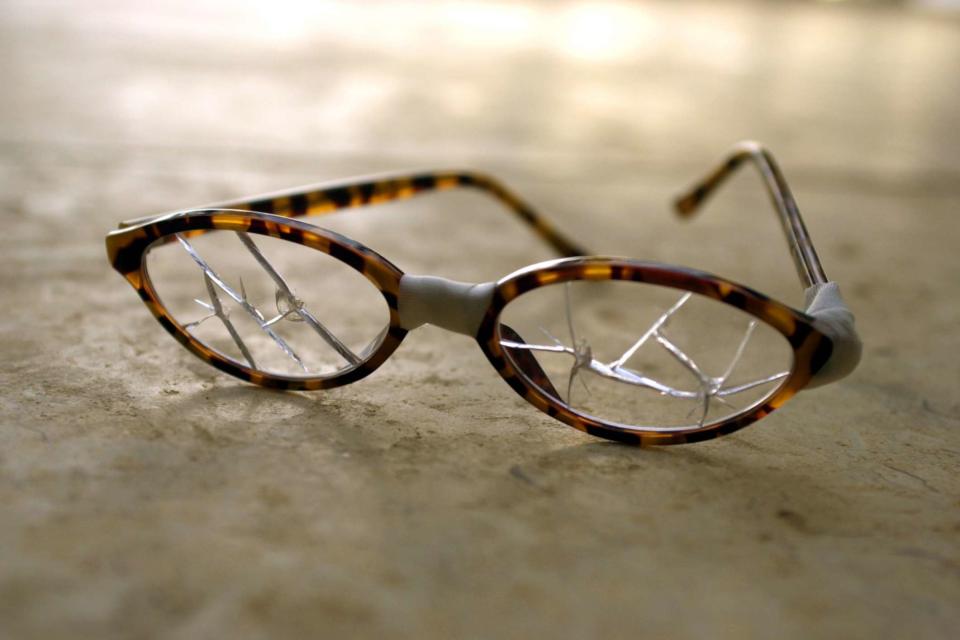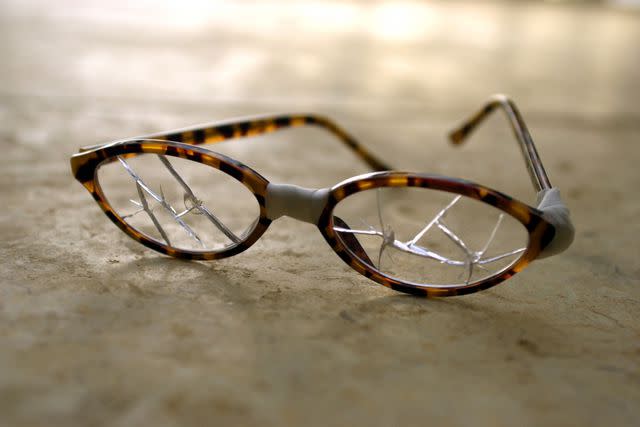Examples of Visual Spatial Problems in Dementia Patients
Visuospatial Refers to Vision and Perception Skills

Thinkstock Images Collection / Stockbyte / Getty Images
Medically reviewed by Diana Apetauerova, MD
Dementia affects more than just the ability to remember things. It also can impact visuospatial abilities and skills.
Visual-spatial problems in dementia are common. This article discusses what visual spacial difficulties are and how they affect people with dementia.

What Are Visuospatial Abilities?
Also referred to as "visual-spatial" and "visuo-spatial," visuospatial abilities consist of the ability to understand what we see around us and interpret spatial relationships. In other words, this includes both the images we see (visual), as well as our perception of the size and location of our surroundings (spatial).
How Dementia Affects Visuospatial Abilities
Depth Perception
Dementia can affect depth perception, making it more difficult to navigate tasks such as going downstairs and thus increasing the risk of falls. Activities of daily living such as getting into a bathtub, getting dressed or feeding oneself can also become more challenging.
Increased Risk of Wandering
Persons with dementia can also become easily lost and wander, even in very familiar environments. They might not recognize the path home that they've taken every day for many years, or be able to locate the bathroom in the middle of the night.
Recognizing Faces and Locating Objects
Visuospatial changes may also contribute, along with the cognitive symptoms of dementia, to the inability to recognize faces or find objects that are in plain sight.
Difficulty Driving
Driving may become more difficult as dementia develops, in part because of changes in the ability to understand spatial relationships. For example, navigating a turn, changing lanes, or parking a car could become a significant challenge due to a decline in visuospatial abilities. As dementia progresses, the difficult decision to quit driving usually must be made.
Reading
The ability to read may also decline, in part due to visuospatial changes and a decline inability to remember how to read or comprehend the meaning of the words.
Research on Visuospatial Ability and Other Kinds of Dementia
Visuospatial ability is affected in multiple types of dementia, including in the very early stages of Alzheimer's disease. Interestingly, several research studies have concluded that visuospatial changes are especially prevalent in Lewy body dementia, which includes dementia with Lewy bodies and Parkinson's disease dementia. One study noted that poor performance on visuospatial tests was connected with a faster rate of decline in persons with Lewy body dementia.
In addition, research demonstrated that visuospatial deficits have been correlated with an increase in hallucinations in Lewy body dementia. Hallucinations are one of the hallmarks of Lewy body dementia, making this connection with visuospatial ability intriguing and identifying it as an area for further research.
Visuospatial changes have also been regularly found in vascular dementia.
Interestingly, visuospatial abilities appear to vary in different types of frontotemporal dementia, with some research suggesting that it is less affected in behavioral variant frontotemporal dementia (also known as Pick's disease) and more impacted in corticobasal degeneration.
How Visuospatial Ability Is Measured
Certain cognitive tests include sections that help identify visuospatial impairments. These tasks include the clock drawing test, the task of drawing intersecting shapes (required on the MMSE) or copying a complex figure and the ability to recognize an object, such as a pencil or watch.
Additionally, the Visual Object and Space Perception (VOSP) test was designed to specifically assess visuospatial ability and can be helpful in identifying impairment in this area.
A Word From Verywell
It's important to understand that several types of dementia impact visuospatial abilities. This knowledge can help explain why some people living with dementia fall easily, seem to misjudge distances, get lost easily and struggle with driving skills.
Additionally, while we can't change how the brain processes visuospatial information in dementia, scheduling regular vision checks at the eye doctor can help ensure that vision is functioning optimally and any glasses are of the correct prescription.
Frequently Asked Questions
What is a visuospatial problem?
Visuospatial problems are difficulties understanding what we see around us and interpreting spatial relationships. This can include trouble recognizing faces, locating objects, reading, depth perception, and navigating movements. Visuospatial difficulties can be especially dangerous when it comes to driving a car, particularly with making turns and parking.
What is spatial disorientation in dementia?
Spacial disorientation is often one of the first symptoms of dementia. It involves being confused about your surroundings and can affect a person's ability to remember directions and recognize previously familiar locations. Spatial disorientation is one reason people with Alzheimer's are more likely to wander and get lost.
What type of dementia affects vision?
While any form of dementia can affect vision, it is more common in some types of dementia than others. Vision problems are more likely to occur with:
Alzheimer's
Lewy body dementia
Posterior cortical atrophy
Vascular dementia
What is visual agnosia in dementia?
Visual agnosia is the total or partial loss of recognizing and identifying familiar objects and/or people by sight. This can be a common symptom of dementia as the condition progresses.

